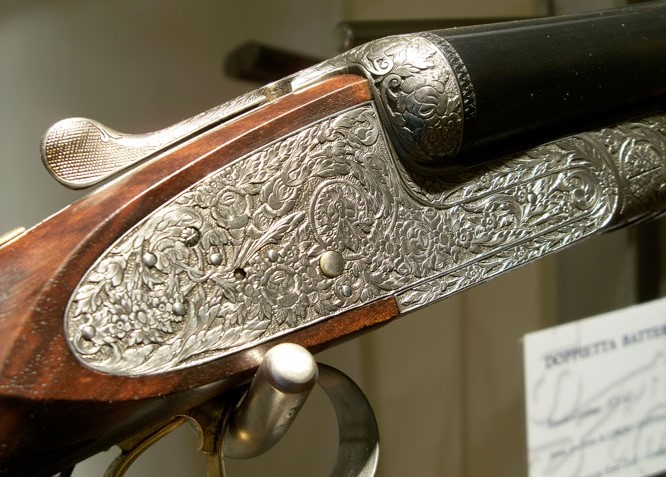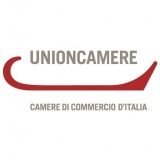
 Unioncamere
Unioncamere
Italian handcrafts: Artistic engraving on Iron of Val Trompia
- WTI Magazine #157 Nov 18, 2022
-

 Unioncamere
Unioncamere
The production and decoration of weapons has ancient origins in the Brescia area. As early as 400 BC, the Celtic inhabitants of Val Trompia manufactured weapons, with which they did battle against other populations, including the Raeti and the Cenomani. Following their alliance with Rome, they supplied the empire with many of the swords used in the numerous expansion campaigns, forging iron from the mines in the valley.
The transition to firearms occurred during the Middle Ages, and the Brescia area, which was ready to face this transformation, became an important production centre. During the sixteenth century, the sovereigns began to commission refined decorations on the barrels of bronze guns from the foundries in Brescia. Together with these requests came others from wealthy clients, who wished to acquire pieces worthy of their rank and prestige.
The master engravers’ art in Brescia continued uninterruptedly for centuries, and after a crisis that affected the entire firearms industry in the first half of the 19th century, it resumed its growth with the unification of Italy and the development of the production of weapons for civilians. The engraving done in Brescia is still unsurpassed in the world of firearm decoration, thanks to craftsmen such as the Medici, Galeazzi and Fracassi families, who elevated it to the highest level during the course of the 20th century.
The tools
Various different tools are used for the decoration of firearms.The chisels are blunt-headed steel varieties, forged in various ways depending on the type of incision to be made. They are used with a hammer to produce engravings, reliefs and knurls.A burin is a tool with a shorter tip than a chisel and a mushroom-shaped handle.
It is held in the palm of the hand and used to mark the steel by applying adequate pressure to the handle. Its main difference from the chisel is that the pressure that drives the tip comes from the hand rather than a hammer. The thrust is controlled using the strength and sensitivity of the hand, to produce more fluid, subtle and lighter marks.
When using a hammer and chisel, the incision is made with the tip held and guided by the left hand to trace a groove following a predetermined pattern. The left hand therefore acts as a guide while the pressure for driving the tip is supplied by the hammer in the right hand. The hammer beats rapidly and repeatedly on the end of the chisel with a characteristic and unmistakable rhythm and sound.
The local area
Val Trompia, the valley of the river Mella in Brescia, is the home of Italian firearms. The art of shaping iron dates back to ancient times here, thanks to the availability of easily extractable ferrous minerals, the woodland copses, which provided the wood required for casting, and the water of the river Mella, which was indispensable for tempering. The historical development of Brescia’s economy would be inexplicable without taking into account the skill and industriousness of its iron craftsmen.
By Camera di Commercio di Brescia with Unioncamere